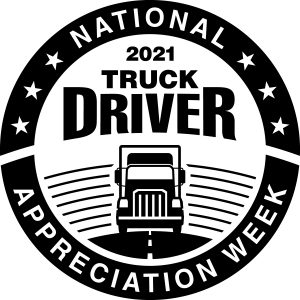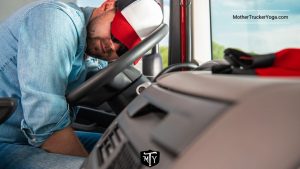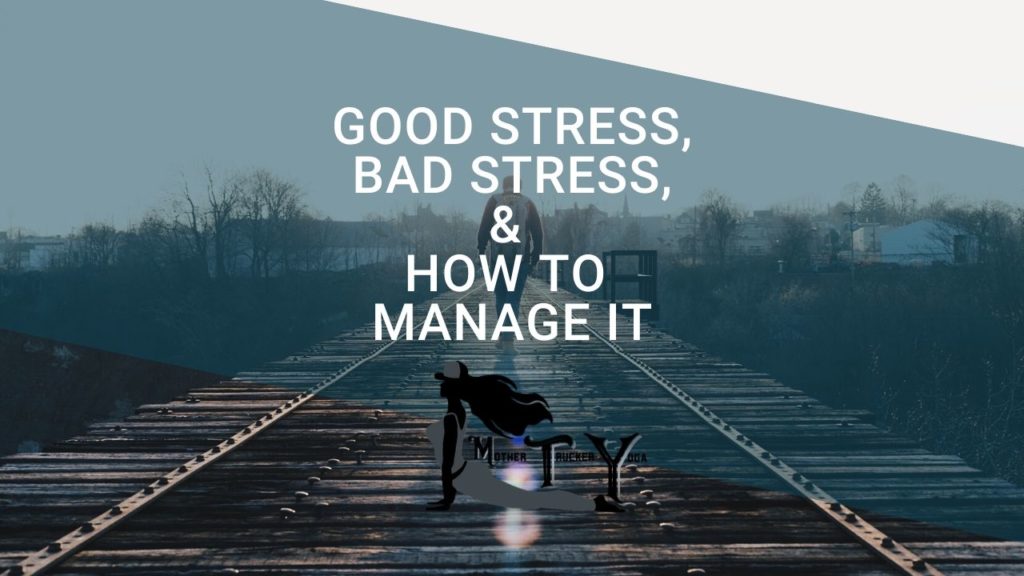6 Health Problems You Might Encounter As a Truck Driver
The world needs truck drivers. People want goods shipped from one side of the country to another, and they want it done quickly. However, as much as society recognizes how important the profession is, they often don’t consider how much health can be impacted by navigating long-haul journeys. 6 Health Problems

You never know how much different truck driving is to other jobs until you experience it. Rather than have the freedom of an office, you are often confined to the small cab. Depending on the destination, you could be away for weeks on end before making it home again. This environment can lead to significant health issues, and here are some of the most common.
Mobility Problems
It should be no surprise that sitting in your truck cab for eight hours on end every day can cause issues. The lack of movement will stiffen joints and put pressure on your lower back and neck. Similarly, constant focus could even cause headaches, which will affect performance.
This issue is a lot like sitting at a desk all day. You can’t be rigid in a single place for the entire journey, so take every opportunity possible to stretch your legs and get some much-needed fresh air. As long as you stay on schedule, you can eliminate the risk of severe mobility problems. With Mother Trucker Yoga’s everyday movements you can keep your mobility and your body strong.
Obesity
A lack of mobility could also lead to obesity problems. You won’t get the chance to exercise, and you also can’t rely on a proper meal every day. Instead, you rely on ready meals and processed foods from truck stops and fast food places.
Already, you’re at a disadvantage, especially when you’re on a time limit to complete a shipment. You can’t take a personal day and hit the gym, but you also can’t allow your body to deal with bad food. Instead, consider healthy snacks for truck drivers that will reduce weight gain and provide all the essential nutrients and minerals you need to stay engaged on the road. Read the food label not just for the nutrition but for the ingredients. Make sure you are actually eating real food.
Lung Cancer
Research from the Center for Disease Control discovered that around 70% of truck drivers smoke, and with little else to do on the road, this can quickly become a way to pass the time. You don’t need anyone to tell you how bad smoking is for your health, but you also might know how difficult it can be to break out of this habit.
Excessive smoking will lead to lung cancer, so as much as it can pass the time and even reduce stress, it won’t do your health any favors. When you compound this with the carbon emissions from the diesel exhaust, you drastically increase your chances of significant health problems, so do what you can to reduce exposure and cut out any bad habits. Our friends over at St. Christopher Truckers Relief Fun has an amazing Rigs without Cigs program to help aid drivers in the process of quitting smoking.
Irregular Sleep
You would think that driving all day will make it easy to get to sleep when your shift finishes, but this isn’t the case. Truck drivers do not have the luxury of their beds, which for some can make it difficult to sleep, and this causes a range of issues that will affect health and performance.
You should never drive while tired, but when you’re on a time limit and it’s dollars for miles you often feel the need to keep on trucking. Focus on a sleep routine and stick with it to help reduce the time spend trying to fall asleep.
Hearing Loss
Truck drivers must be aware of everything around them, and this is not possible if they experience hearing loss. Typically, this occurs with older truck drivers who have been exposed to the noisy engine and highways their entire career.
You can learn more about how moderate hearing loss feels, and consider how this could impact your truck driving. If it puts you and anyone else in danger – especially as you’re unable to differentiate sounds or hear upcoming cars – think about possible solutions. When is the last time you got your hearing checked? Some hearing loss as we age is normal, but don’t go without it unchecked if you feel you may have a larger issue going on. Truck driver health is essential and your health matters.
Isolation and Loneliness
There are few things lonelier than taking a journey by yourself and having to come back the way you came also along. Many truck drivers experience significant mental health problems caused by feelings of isolation and loneliness.
As much as the radio or regular phone calls can help, they are no substitute for real human interaction. If you have a family or are someone who loves to spend time with others, you may struggle to cope with the loneliness that comes from driving a truck. So reach out regularly and even things like smiling at a stranger and drumming up a conversation with someone standing next to you can help you feel connected, with a purpose and happiness, and who doesn’t like feeling happy?
Keep On Truckin’
Truck driving can be an incredibly rewarding career, especially if you are someone who loves getting behind the wheel and seeing as much of the country – and perhaps the world – as possible. However, it does not come without its share of truck driver health issues, so consider these and how to overcome them to ensure you make the most of your truck driving career.
Here are a few other blogs you might enjoy:

















